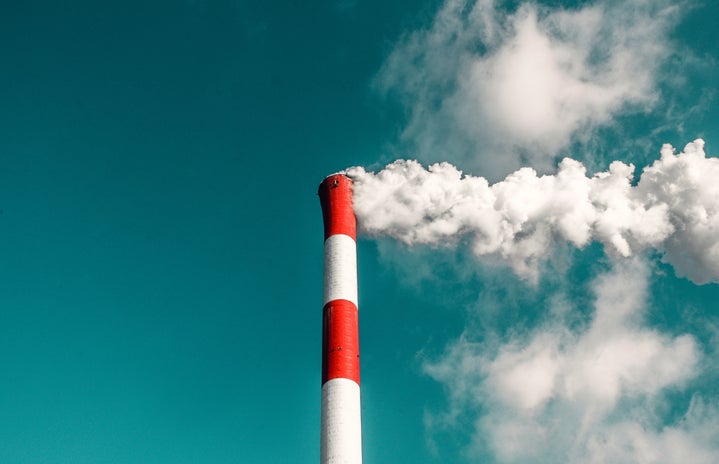Recently, #StopWillow has taken social media by storm, with TikToks and Instagram posts garnering tens of millions of views. But what even is Willow? The Willow Project is ConocoPhillips’ $6 billion proposal to drill oil and gas in Alaska, within the largest area of undisturbed public land in the United States. Willow has amassed a great deal of controversy, both from environmental groups and Alaskan elected officials, leaving President Joe Biden in hot water.
What are the positives of the Willow Project? The project would result in an extra 600 million barrels of oil, which is even more than the amount of oil held in the U.S. Strategic Petroleum Reserve. Given recent issues regarding consumer energy prices, higher levels of oil production might assist in lowering these costs. Additionally, the project is expected to deliver up to $17 billion in revenue for government and local communities in Alaska, and ConocoPhillips estimates that roughly 2800 jobs would be created by Willow. Elected officials— with unanimous bipartisan support in both the Alaska House and Senate— and some Alaska Native tribes are in favor of the project, due to the expected jobs and economic benefits.
Environmental groups and many young voters strongly oppose the Willow Project, due to its devastating environmental impacts. A Change.org petition fighting against this project has already gathered almost 3 million signatures. Some argue that it is important to note that ConocoPhillips spent almost $8.7 million on lobbying and $3.6 million on campaign contributions in 2022, which includes $40,600 to Alaska Sen. Lisa Murkowski, which could possibly indicate the presence of political corruption. Environmental groups have warned that Willow will be a significant setback to Biden’s ambitious climate promises, such as cutting climate pollution in half by 2030. The outrage from young voters is also a cause for concern, with a high risk of alienating his young voter base as Biden prepares for the upcoming 2024 election.
By the Biden administration’s own estimates, the project would release 9.2 million metric tons of CO2 emissions per year, which is around the same as adding 2 million gas cars to the roads. Over the course of 30 years, the project would release around 278 million metric tons of carbon pollution— more carbon than 70 coal-fired power plants could produce every year. Critics feel as though this project will cause severe damage to the environment in Alaska, speed up climate change, and threaten wildlife. Some Alaska Natives in nearby Nuiqsut oppose this project, feeling distrust of ConocoPhillips due to a gas leak from a previous project of theirs that forced some Natives to evacuate the area.
Alaska has already suffered disproportionate impacts of climate change, warming twice as quickly as the rest of the United States, so Willow is expected to worsen the already dire conditions. This is especially dangerous to the Alaskan economy, which relies heavily on a cold climate, and damage from climate change is expected to cost up to $6.1 billion. Alaska’s commerce sector has already reported thawing permafrost, thinning sea ice, and increasing wildfires, which have resulted in reduced subsistence harvest, increased flooding and erosion, concerns about food and water safety, and major destructive impacts to infrastructure.
So, how is the Biden administration expected to balance the opposing interests of Willow Project stakeholders? The Biden administration has said that it would support a scaled-back version of the project, angering both environmental activists and Alaskan members of Congress. To help ease the criticism, the administration has suggested that the number of approved drilling pads be reduced from three to two, which would involve removing the most environmentally sensitive drill site. Additionally, the administration hopes to plant trees to offset carbon emissions, a move that has been criticized for its inability to recover the damage done by the drilling project. They also plan to move drilling infrastructure in order to protect local loon habitats. Still, environmental groups feel as though any amount of drilling pads is too many, as the amount of oil withdrawn will still be roughly the same. Alaskan politicians share this dissatisfaction, saying that any less than three drill sites makes the project uneconomic. No matter what decision Biden makes, there are threats of lawsuits from both sides.


